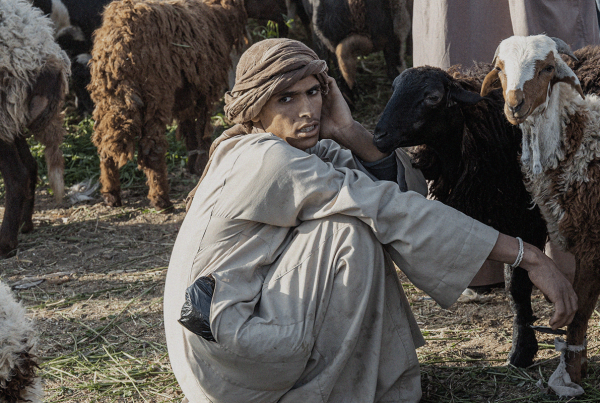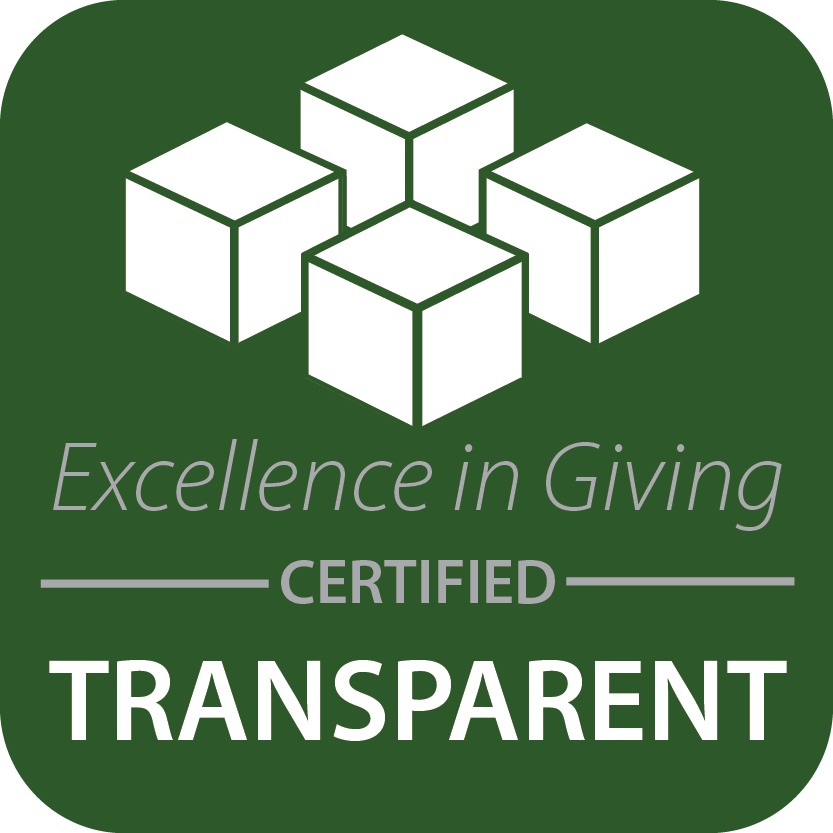How can you tell the difference between prostitution and human trafficking?
To put it simply: it’s complicated.
Poi is 24. Born in a poor, rural village in Thailand, she was married at 17 and now has five children. Since her husband left their family, Poi has to provide for herself and her children. Without an education or job opportunities, Poi reluctantly goes into the city and starts to sell herself for sex at a bar. She sends the small income she receives to her children. It isn’t the life she would choose for herself, but she doesn’t see another way.
Kaya is 15. Also poor and uneducated, she wants to help her family survive after a bad crop leaves them in terrible debt. A man from her village says he can get her a job as a maid in the nearby city. She gets in a taxi, is transported across borders to a country where she doesn’t speak the language, and then is sold into a brothel where she is forced to have sex with 10-15 men every night. She has no money and no passport to get back home.
Poi and Kaya are both affected by poverty and social exploitation. Both have been given limited choices and opportunities in life. But Poi is a willing participant in the sex industry, and Kaya is a victim of human trafficking. They both need help finding a way out. They both need compassion. But their situation is not the same.
A spectrum of sexual exploitation
If the sex industry were a continuum, you would find adult men and women who are knowing and willing participants in prostitution on one side. Whether it’s because of poverty and abuse or by choice, they use prostitution as a means of income.
Human trafficking victims are on the other end of the spectrum— people forced into the sex industry against their will through force, fraud, or coercion.
Then there’s a broad expanse of gray. In this middle zone, the line between choice and force, willing prostitution and human trafficking, is indistinguishable.
Elements of human trafficking
Act: Recruitment, transportation, transfer, harboring, or receipt of persons.
Means: Threat or use of force, coercion, abduction, fraud, deception, abuse of power or vulnerability, or giving payments or benefits to a person in control of the victim.
Purpose: Prostitution of others, sexual exploitation, forced labor or services, or slavery.
Elements of prostitution
Act: Sexual act or contact with another person in return for giving or receiving a fee or a thing of value.
Means: To invite, entice, offer, persuade, or agree to engage in prostitution.
The differences between prostitution and human trafficking
This is human trafficking
In recent years, human trafficking has become a popular topic of conversation, from presidential councils to celebrities drawing red Xs on their hands one day each year.
It’s nearly impossible to establish an accurate number of people in modern-day slavery today because of the crime’s hidden nature. Some estimate the global number to be near 50 million, with 28.3 million people in sexual slavery alone.
Whatever the exact numbers are, we know that there are real people who are held somewhere they don’t want to be, who are threatened with harm to their family, who are working without pay, or who are paying off false debts by being sold for sex.
Human trafficking wrongly treats a human being like a commodity. One person profits by stripping rights and dignity from another person. There is no choice for the trafficked person; they are a product in a multi-billion dollar industry.
This is prostitution
Prostitution is a difficult reality for millions of individuals globally. Many women, especially in impoverished areas, turn to prostitution because they have few economic opportunities. An uneducated woman may be under pressure to provide for her family, and sex work allows her to make money fast. If she lives in a country that generally accepts the sex industry, prostitution quickly looks like a viable option — maybe even the only one.
One study of prostituted women in nine countries found that 70-95% of the women had been physically assaulted, 60-75% were raped, and 89% told researchers that they urgently wanted to escape their situation. Even if individuals choose this profession, it’s usually a dangerous one full of exploitive and demeaning circumstances.
The gray area between
Often, a situation does not fall neatly into either category. Along the continuum of sexual exploitation, there are individuals who choose prostitution as a means of income but become controlled and threatened by a pimp. There are minors who sell themselves by apparent choice but are still human trafficking victims because their age makes consent impossible. And there are others who on the outside appear to be “willing prostitutes” but are actually paying off a debt to the brothel — sometimes understanding and even agreeing to the debt repayment structure.
In these scenarios, labels are complicated and dependent on local laws. While sexual exploitation plays a role in each phase along the continuum, it happens in different degrees.
Sexual exploitation of any kind needs to be stopped. To create change, we need to respond to the needs of both people: those trapped in prostitution, and people who are victims of human trafficking. But different problems need different solutions.
The Exodus Road’s response to exploitation
The Exodus Road does not fight prostitution; we fight human trafficking.
Looking at the sexual exploitation continuum above, we focus on the far right side of the line. This is known as intervention work, which means that we work with local authorities to find and free people in active human trafficking situations. We use advanced technology to build cases, place investigators in brothels and bars, and conduct rescue missions.
Every number we report as a “rescue” is an individual who is (by the U.N. definition) a survivor of human trafficking. Our evidence helps police to arrest traffickers, and our social workers help survivors transition to safety and freedom.
Our teams are not looking for women and men who are willingly working in the sex industry. We’re looking for those who cannot walk away from their situations. We believe this focused approach has a strategic impact on the larger criminal systems of human trafficking.
The world needs committed people and organizations reaching out to those working in the sex industry — no matter where they fall in the spectrum of exploitation. Other organizations are doing this vital work.
At The Exodus Road, we are specifically committed to helping police find and free victims of human trafficking.
10 Facts about Human Trafficking
Download our free infographic, 10 Facts About Human Trafficking. You can use it to spread awareness, in research projects, or for your own education.








